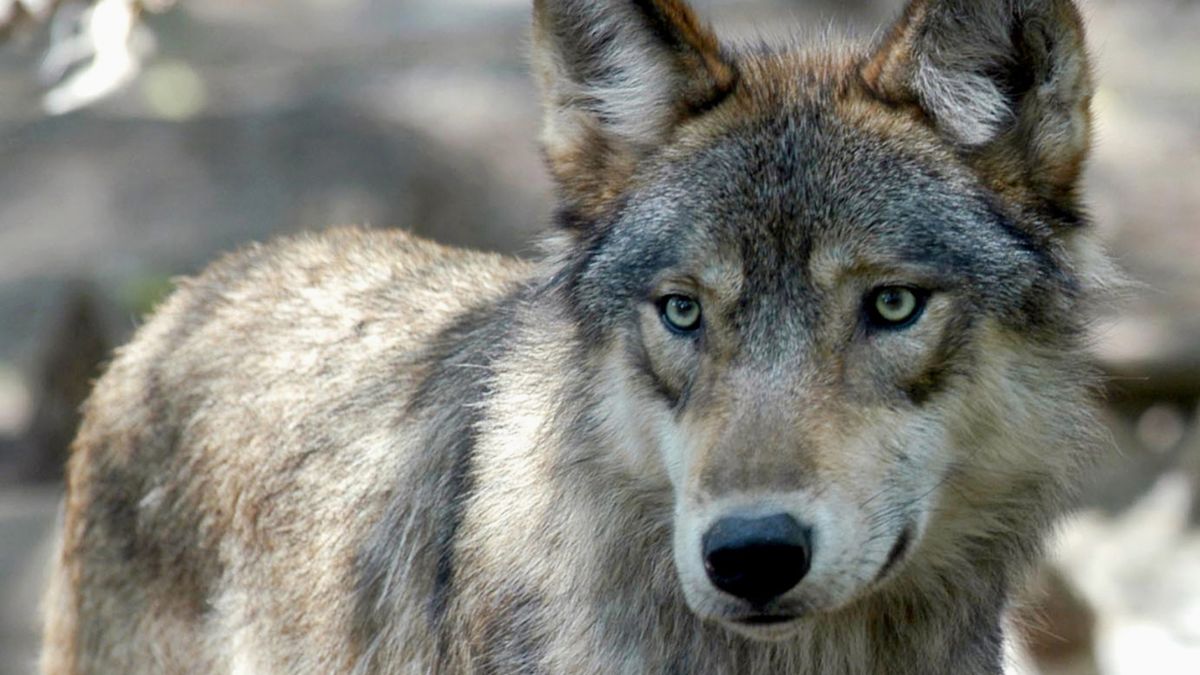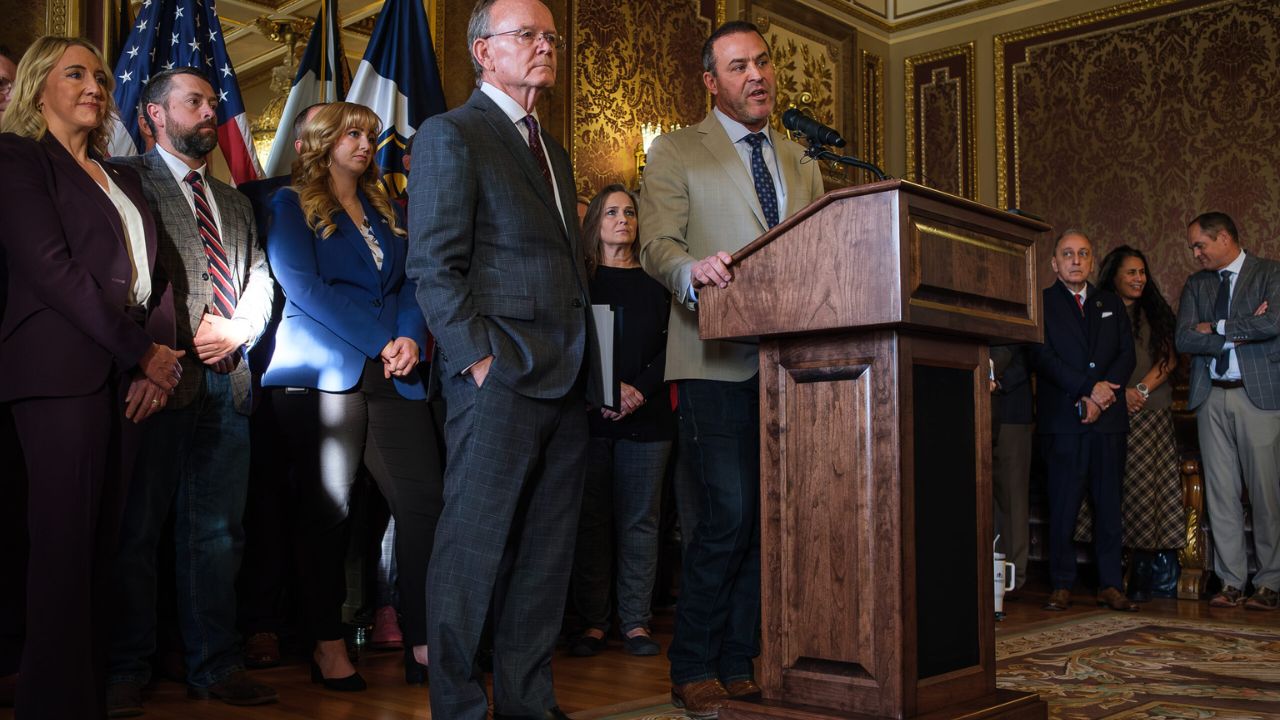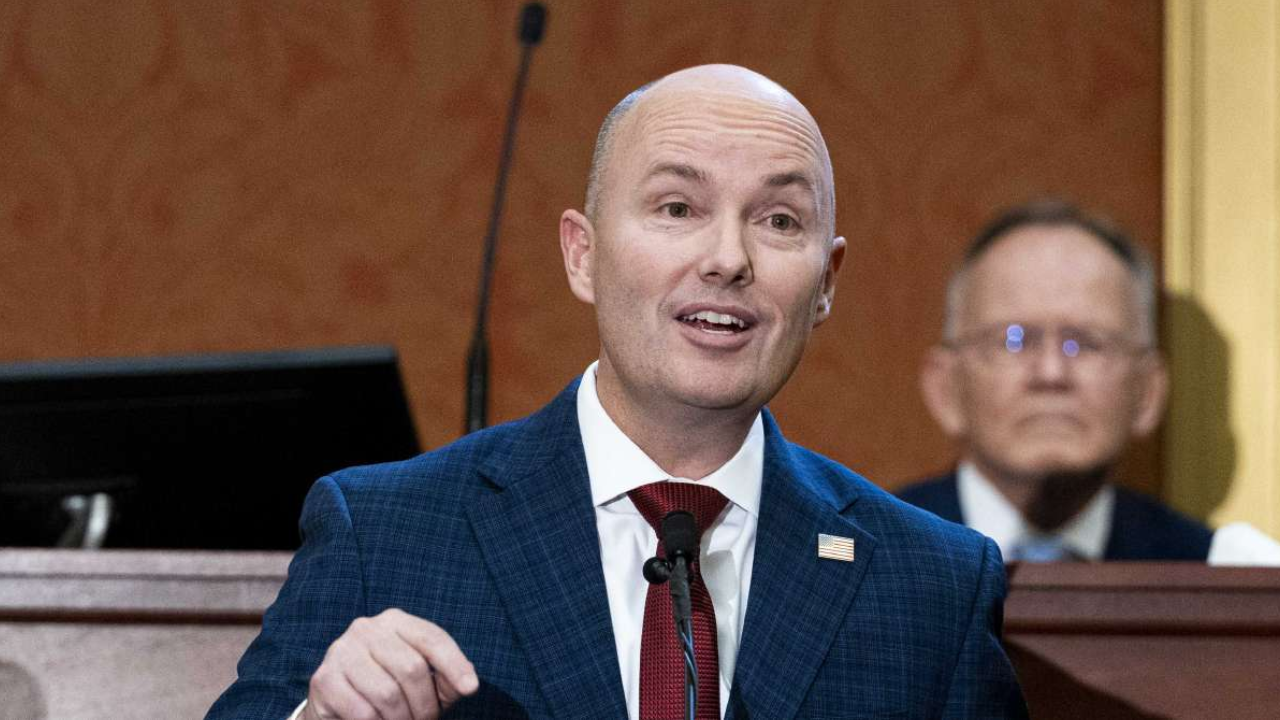The state of Colorado Parks and Wildlife (CPW) has been working on bringing back the gray wolf in Colorado. An agreement with the British Columbia Ministry of Water, Land and Resource Stewardship in Canada led to CPW receiving 15 wolves in January. Under this Canadian contract, the state also planned to import another 10 to 15 wolves this winter.
Federal Ruling: Imported Wolves Must Come from U.S. States
However, on October 10, a letter from U.S. Fish & Wildlife Service (USFWS) Director Brian Nesvik to Gov. Jared Polis and CPW Director Jeff Davis stated that Colorado is not permitted to bring in gray wolves from Canada or Alaska.
Instead, any wolves used in the state’s wolf-restoration program must originate from within the contiguous U.S. — specifically from the northern Rocky Mountains (NRM) source region: Idaho, Montana, Wyoming, eastern parts of Oregon and Washington, and north-central Utah.
The Legal Basis: Section 10(j) Rule Explained
The reintroduction effort is based on the “10(j) rule” under the Endangered Species Act of 1973 (ESA), by which the USFWS designated Colorado’s wolf reintroduction as a non-essential experimental population. This designation allows more flexible management of the wolves under CPW oversight. The final 10(j) rule took effect on December 8, 2023.
Under the rule, wolves meant for Colorado’s program must come from the delisted NRM population area. The USFWS letter alleges CPW may be seeking to bring in wolves from outside that region — contrary to the 10(j) rule — and instructs CPW to immediately halt any capture, transport or release of wolves not sourced from the NRM region.
CPW Response and the Canadian Contract
CPW responded by saying it is “continuing to evaluate all options” for this year’s wolf releases. The agency noted it has a signed contract with British Columbia and a memorandum of understanding—signed with USFWS consultation prior to the October letter—permitting the importation of Canadian wolves. CPW also pointed out that the Canadian wolves are not listed under the federal ESA, so certain provisions may not apply.
Challenges in Sourcing Wolves from U.S. States
Colorado’s trouble in sourcing wolves from U.S. states is well documented: Idaho, Montana and Wyoming have declined to provide wolves. Oregon did agree in December 2023, but those wolves had prior history of livestock-depredation, which the state’s wolf-management plan specifically aimed to avoid. Some of those Oregon-sourced wolves have since been linked to livestock losses in Grand and Pitkin counties.
Wider Policy and Political Context
Brian Nesvik, previously head of Wyoming Game & Fish, was confirmed by the U.S. Senate in August with the vote of 54-43, despite opposition from Colorado’s senators. Meanwhile, a proposed federal bill — the Pet and Livestock Protection Act (sponsored by Rep. Lauren Boebert and Colorado Representatives Jeff Hurd, Jeff Crank and Gabe Evans — aims to delist gray wolves entirely across the contiguous U.S.
The bill passed the House Natural Resources Committee and is headed to full House vote. Opponents argue it would prematurely remove protections and lead to increased wolf hunting or eradication.
A coalition of livestock and wildlife groups, along with the Colorado Conservation Alliance, sent a letter on October 20 to Nesvik requesting documentation of USFWS permits and authorizations for the Canadian wolf importation, noting that only USFWS holds legal jurisdiction for import permits of wolves from outside the U.S.
Colorado’s wolf-restoration program now faces a significant regulatory hurdle: the USFWS has explicitly directed the state to stop importing wolves from Canada or Alaska, and to restrict sourcing to the delisted NRM region. With U.S. states declining to participate, and with the Canadian contract already in place, Colorado finds itself in uncertain territory about how to proceed.
While CPW examines its options, the future of this year’s releases — and potentially the overall wolf-restoration plan — may hinge on legal interpretation of the 10(j) rule, state-federal agreements, and evolving federal wildlife policy.



